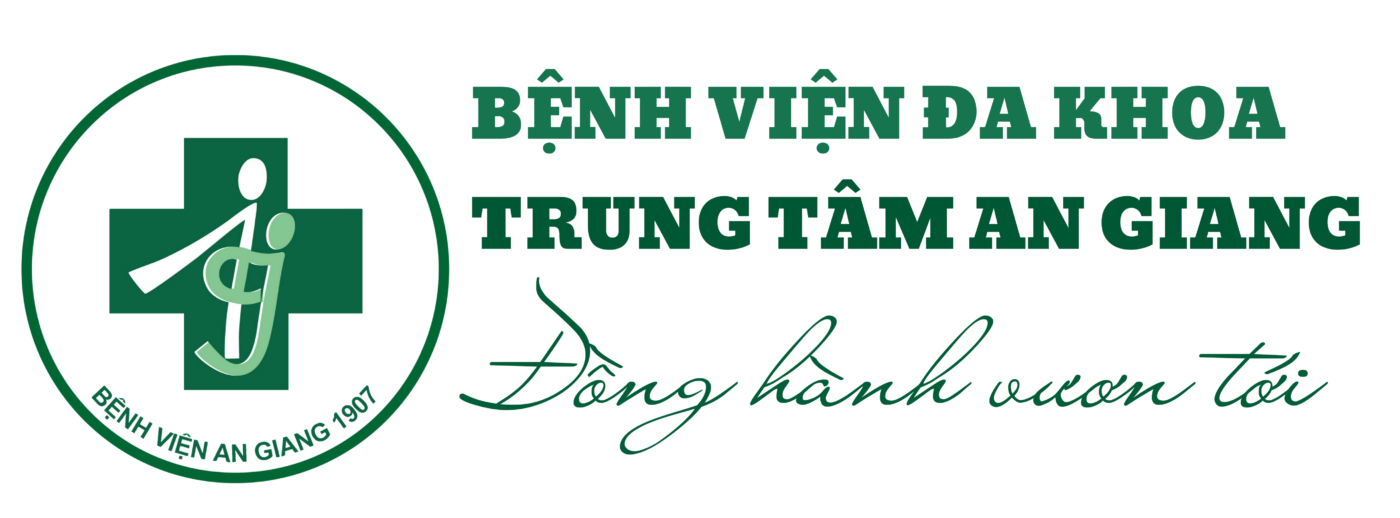Cochrane Database Syst Rev. 2002;(4):CD001094.
Morris P, Leach A.
Ear Health and Education Unit, Menzies School of Health Research, Royal Darwin Hospital, PO Box 41096, Darwin, Northern Territory, Australia, 0811.peterm@menzies.edu.au
BACKGROUND: Nasal discharge (rhinosinusitis) is extremely common in children. It is the result of inflammation of the mucosa of the upper respiratory tract, and is usually due to either infection or allergy.
OBJECTIVES: To determine the effectiveness of antibiotics versus placebo or standard therapy in treating children with persistent nasal discharge (rhinosinusitis) for at least 10 days.
SEARCH STRATEGY: The Cochrane Controlled Trials Register, MEDLINE, EMBASE, and the references of relevant articles were searched. Authors and pharmaceutical companies were contacted. Date of most recent searches: February 2002.
SELECTION CRITERIA: All randomised controlled trials that compared antibiotics versus placebo or standard therapy. Trials which included the use of other medications were included if all participants were allowed equal access to such medications or if the additional or alternative therapies were regarded as ineffective. Trials that only combined or compared antibiotics with surgery, or sinus puncture and lavage, were not included in the review.
DATA COLLECTION AND ANALYSIS: Data were extracted by a single reviewer for the following eight outcomes: overall clinical failure (primary outcome), failure to cure, failure to improve, clinical improvement, time to resolution, complications, side-effects and bacteriologic failure. For the dichotomous outcome variables of each individual study, proportional and absolute risk reductions were calculated using a modified intention-to-treat analysis. The summary weighted risk ratio and 95% confidence interval (fixed effects model) were calculated using the inverse of the variance of each study result for weighting (Cochrane statistical package, REVMAN version 4.1).
MAIN RESULTS: A total of six studies involving 562 children compared antibiotics with placebo or standard therapy. Only the primary outcome (overall clinical failure) was reported in all studies. Around 40% of all randomised children did not have a clinical success documented when reviewed two to six weeks after randomisation. The control event rate varied from to 22 to 71% (mean 46%). The risk ratio estimated using a fixed effects model was 0.75 (95% CI 0.61 to 0.92). There was no evidence of statistical heterogeneity. Side effects occurred in 4 of 189 control group children (four studies). More children treated with antibiotics had side effects (17 of 330), but this difference was not statistically significant (RR 1.75, 95% CI 0.63 to 4.82).
REVIEWER’S CONCLUSIONS: For children with persistent nasal discharge or older children with radiographically confirmed sinusitis, the available evidence suggests that antibiotics given for 10 days will reduce the probability of persistence in the short to medium-term. The benefits appear to be modest and around eight children must be treated in order to achieve one additional cure (NNT 8, 95% CI 5 to 29). No long term benefits have been documented. These conclusions are based on a small number of small randomised controlled trials and may require revision as additional data become available.





